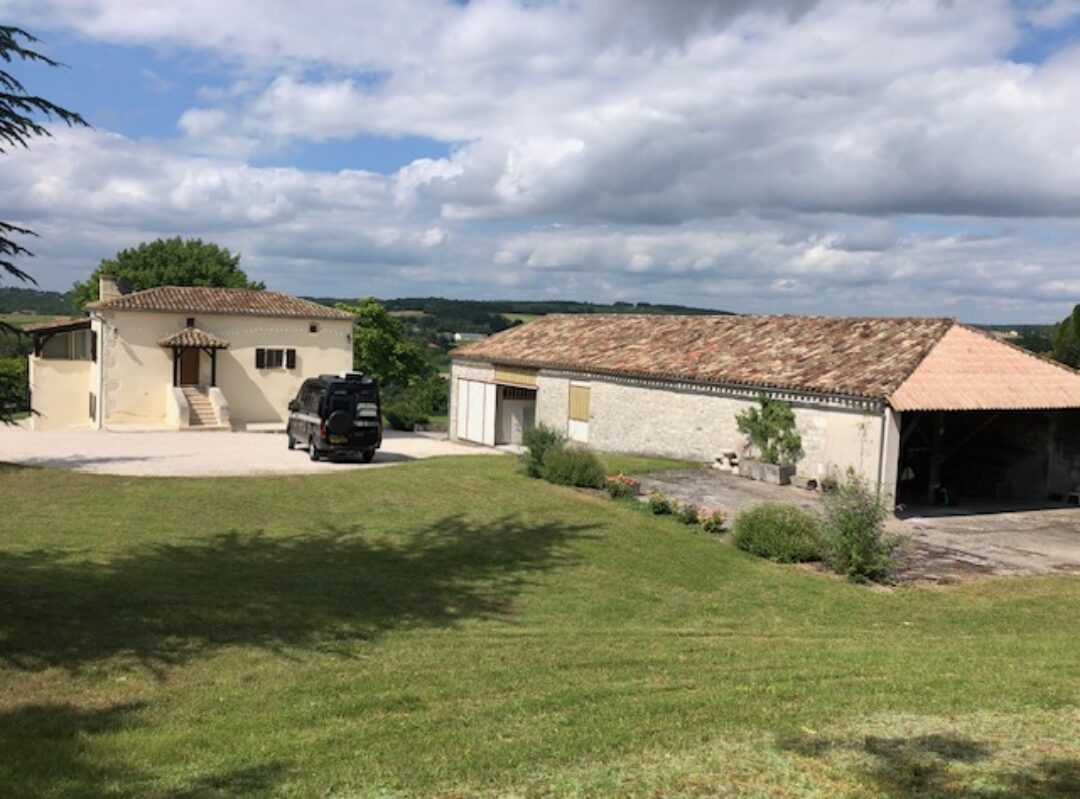Our travels along the coast took us next to the Camargue, east of Montpellier, the salty marsh or wetland area where the two arms of the Rhône river delta meet the Mediterranean Sea. From the pictures you see of the area you imagine it is a bit like a sandy version of the New Forest with white Camargue horses roaming wild. In fact, at this time of year in any case, they are confined to various tourist stables or corrals, offering horse trekking. Our base was near the ‘capital’ of the Camargue, Les-Saintes-Maries-de-la-Mer, named after the three Marys important to its local culture and history. The church in the town can be seen from many miles away in this flat landscape. It’s quite an attractive little town with narrow streets of shops selling gaucho clothing and the local bull meat products, Camargue red rice and Camargue salt. Unfortunately the weather was not particularly kind to us during our stay with very strong wind and rain but we were able to visit the town and the coastline as well as observe the bird life on nearby lagoons.






There are a few inland destinations we have on our list as we make our way eastwards, including the Gorges du Tarn, so it makes sense to do those as we go rather than retrace our steps too much later on. It also gives us a change of scenery from the coastal towns. The town of Arles is a short distance inland from the Camargue and, knowing that Van Gogh spent some time there, we decided to follow a walking route around the town that passes the locations of some of his paintings. We were quite taken by the faded elegance of the town and the wonderful buildings at every turn in the historic centre. Some of the locations we visited have of course changed due to war and development but others were pretty much as Van Gogh would have seen them, even though trees have grown, including the hospital, cafe and the magnificent Roman amphitheatre.






There is so much Roman history in this part of France and we could spend weeks visiting every town and city if we choose to but we’ll dip in and out as we go. From Arles we headed north for a stop at Remoulins, sitting midway between Nimes and Avignon. A short walk from the site took us to the magnificent site of the Pont du Gard, a 3-tier Roman aqueduct built in the first century AD to carry water to Nimes. The Pont du Gard is the highest of all Roman aqueducts as well as one of the best preserved and is a UNESCO World Heritage site. It’s hard to comprehend how old this beautifully preserved structure is and amazing to be able to see the design and construction ingenuity at close hand. Truly awe inspiring.




The source of the water that was carried to Nimes via the aqueduct was at Uzès, a town about 30 minutes from Remoulins and we went there on the bike on market morning for a coffee and mooch around. Uzès is another attractive town, originally a Roman oppidum or administrative settlement and has a beautiful cathedral and medieval town centre. Early strawberries and asparagus are already on sale in the market.

On our way to Remoulins, as we drove alongside the Rhone, we passed by two impressive castles on either side of the river. Joe (yes, castled-out Joe) was keen to go back and see them and with blue skies and warmer temperatures, we were pleased to be able to free the motorbike from the trailer and get back on it for the first time this year for a couple of ride outs. The castles of Beaucaire in the Languedoc and its sister town of Tarascon just across the bridge in Provence are an impressive sigh. The castle at Beaucaire wasn’t open but looms over the ramparts and there town centre. On the opposite site stands the castle of Tarascon, possibly the most impressive castle we’ve visited during our journeys in France. Built during the first half of the 15th century in a strategic position on the banks of the Rhône, for many years it defended the western border of Provence.





The castle was used throughout its history as a prison and some of the larger rooms were used as collective cells or turned into individual cells. Graffiti carved into the stone walls by prisoners, including British naval officers and sailors is still clearly visible and the most impressive examples are in the room where a Catalan master ship builder was held prisoner.



The totemic emblem/animal of Tarascon is the Tarasque, a mythological dragon-like hybrid monster that lived on the banks of the Rhône, although the depiction outside the castle has more resemblance to something you might see in China. Beaucaire, too, has it’s own mythological creature – Le Drac – an aquatic dragon, so the Rhône must have been a fearsome place.


It’s good to be back on the bike again and we’re looking forward to days out on winding roads, both in the gorges and as we make our way there.


Love hearing of all the places and pictures of your great journey. Have just had the dreaded virus three days in bed but gradually getting better and looking forward to holidays later in the year. Take care of yourselves. X
Hi Sue sorry to hear you’ve had the virus. It’s easy to think it’s all over but it’s still very much with us. Restrictions have eased in France as well but we’re still being careful. Hope you’re feeling better soon and good to hear you have some travels planned. C xx